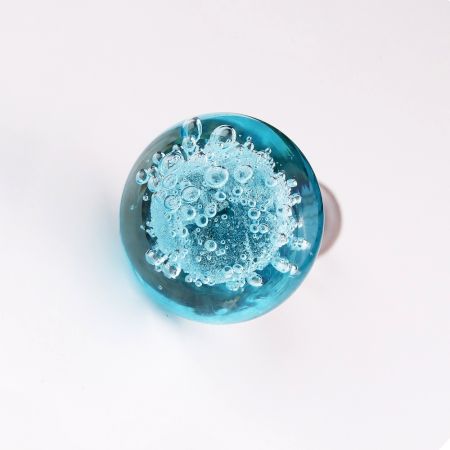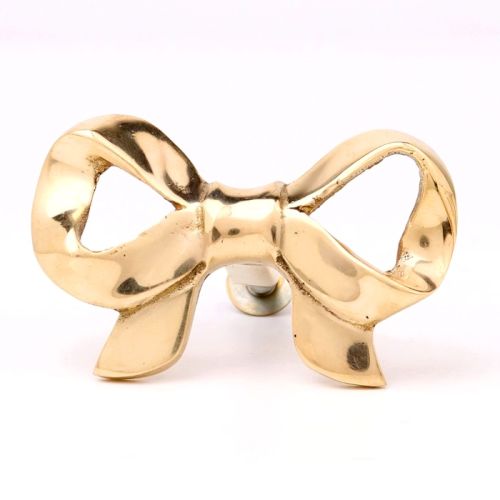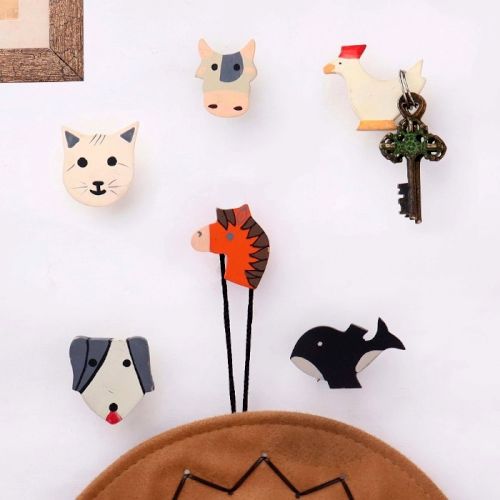Glass Bubble Knobs
Get bubbly. Just take a look at these scintillating bubble knobs. Look at the teeny burbling bubbles trapped inside these knobs. They will provide you with an evidence of an ancient glasswork technique known as bubble trap.
Bubble formation is a popular decorative technique used in glass art which originated approximately 3000 years ago. In India, its origins can be traced from the regions of Indus Valley civilization.
However these days, thousands of glassworkers and artists employ this technique in the making of glass items including assorted glass beads, multi-coloured glass vases, stained glass windows, glass mosaics and more.
In this technique, a teeming mass of tiny air bubbles is created and trapped between the layers of coloured glass via one or the other way. Usually, the glass in its molten form is sheared, filled inside a mould and then squashed inside the glass.
Following this step, the air gets trapped and the bubbles of it distribute themselves while multiplying themselves in the closed area. When the glass cools, these bubbles freeze in their place giving an illusion of the bubbles in a three dimensional artefact or decorative glass item.
Sometimes, this bubble effect is achieved by means of some substances like soda bicarbonate or with the help of tools such as spikes, droppers and needles.
The flecks and flakes resulting due to this, cast an illusion of depth in the surrounding area. On the other hand, the frothy effect of tiny air bubbles offers an appeal of balm and serenity in a living space.
The door knobs and other glass hardware created with this bubble technique come available both in symmetrical bubble patterns as well as in irregular textures.
At Indianshelf, you can browse these swishy bubble glass designs contained in knob shapes of globe, egg and even geometrically faceted. Plus, lots of colour options to choose from!
Love astro or vastu? Check over our range of Glass Devil’s Eye Knobs.


















.JPG?ver=1.7)
.JPG?ver=1.7)



.JPG?ver=1.7)
.JPG?ver=1.7)








